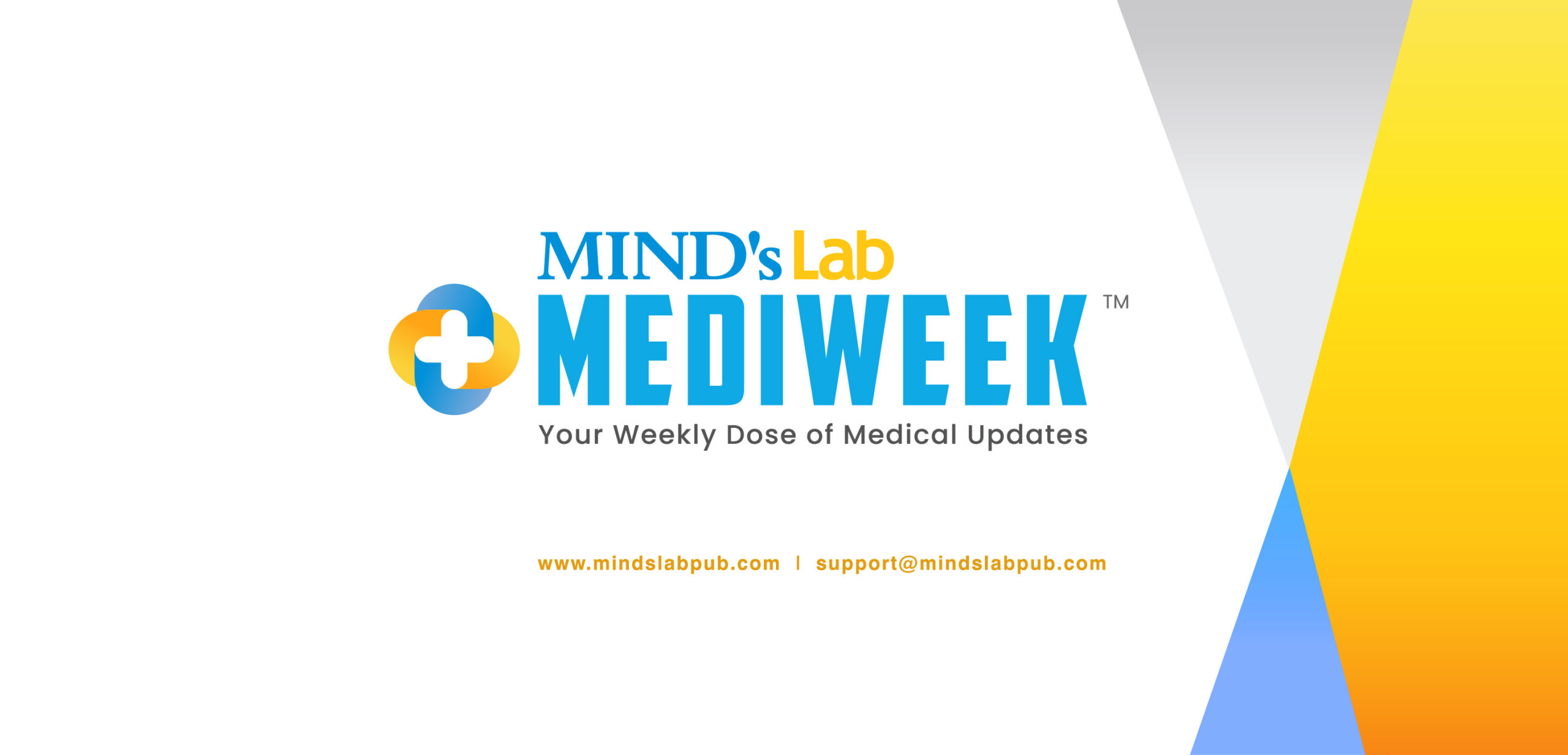
There is a growing interest in dietary interventions for reducing the risk of cardiovascular disease (CVD), particularly through the consumption of vegetables. Cruciferous vegetables (broccoli, cabbage, cauliflower, horseradish, kale, turnips, bok choy, arugula, etc.) are known for their potential cardiovascular benefits due to their unique components, such as glucosinolates, nitrates, and vitamin K, which may improve endothelial function and reduce atherosclerotic plaque formation.
Hypertension or elevated blood pressure is a leading risk factor for CVD. Its prevalence increases with age. Cruciferous vegetables with their high content of glucosinolates have demonstrated blood pressure (BP)-lowering effects in animal models and reduce the CVD risk. However, there is limited data on the effects of cruciferous vegetables on BP in humans.
A study recently published in BMC Medicine investigated how vegetable intake can be optimized to manage hypertension and lower the risk of CVD. The VESSEL study (VEgetableS for vaScular hEaLth) was a randomized, controlled, crossover trial designed to assess whether cruciferous vegetables lower BP more effectively than root and squash vegetables in adults with mildly elevated systolic BP (120–160 mmHg) (see Graphic).

(Source: Connolly EL, Liu AH, Radavelli-Bagatini S, Shafaei A, Boyce MC, Wood LG, McCahon L, Koch H, Sim M, Hill CR, Parmenter BH. Cruciferous vegetables lower blood pressure in adults with mildly elevated blood pressure in a randomized, controlled, crossover trial: The VEgetableS for vaScular hEaLth (VESSEL) study. BMC medicine. 2024;22(1):353. Doi:10.1186/s12916-024-03577-8)
